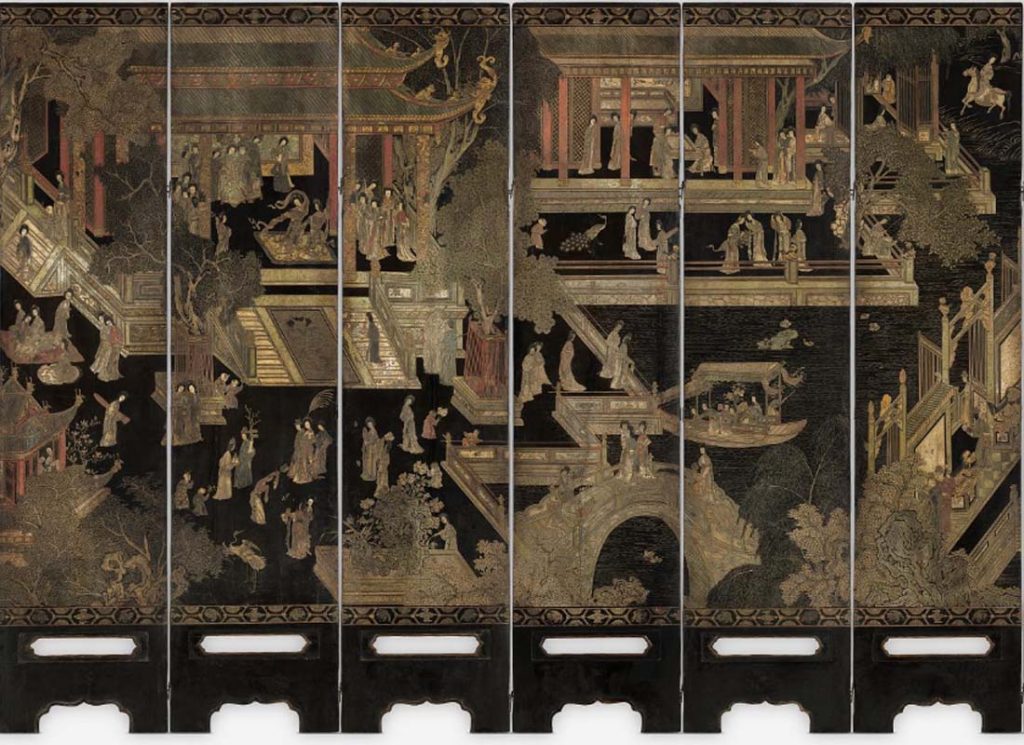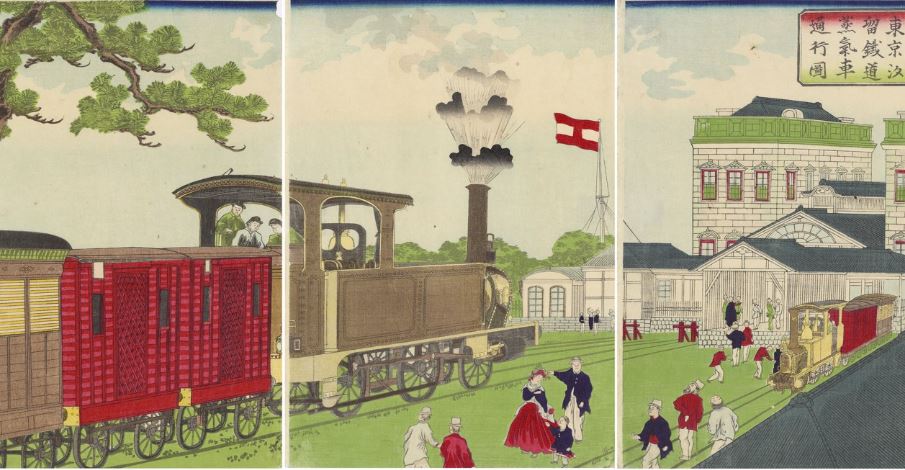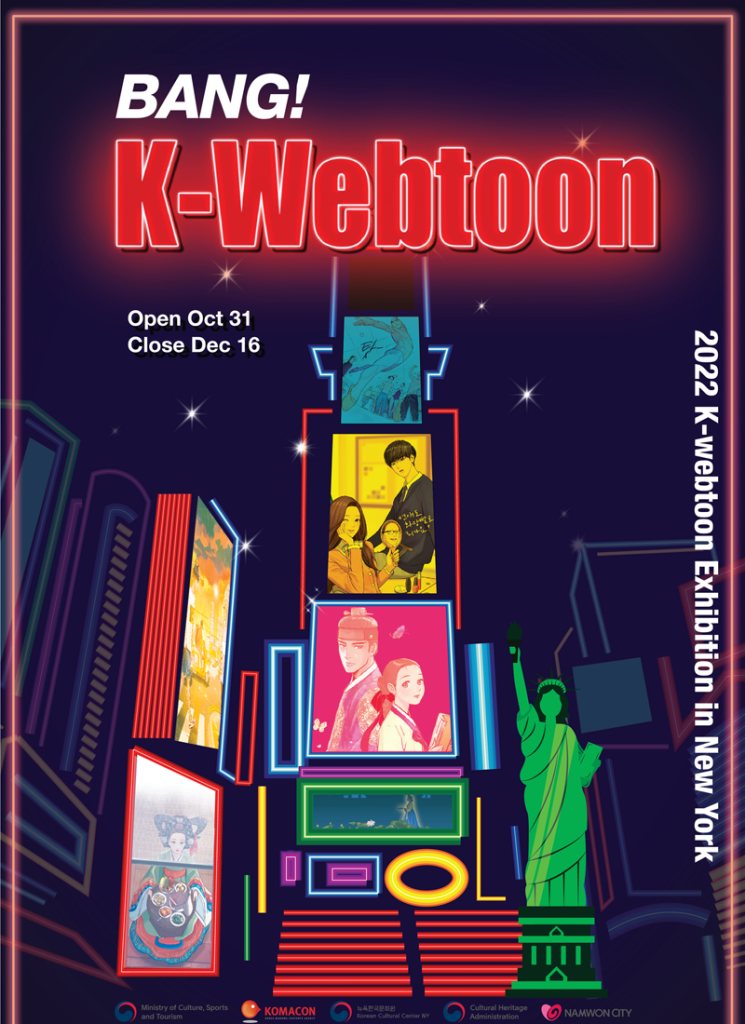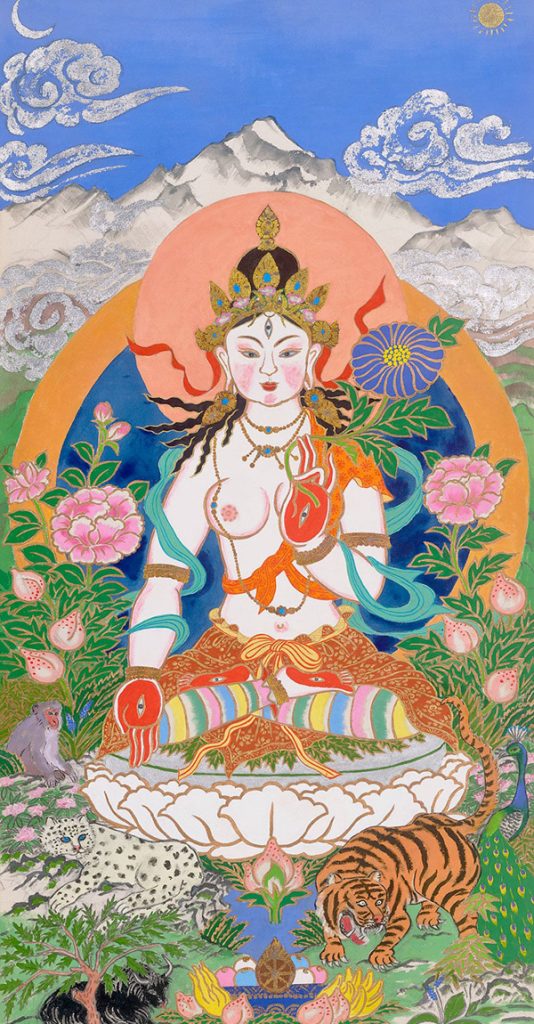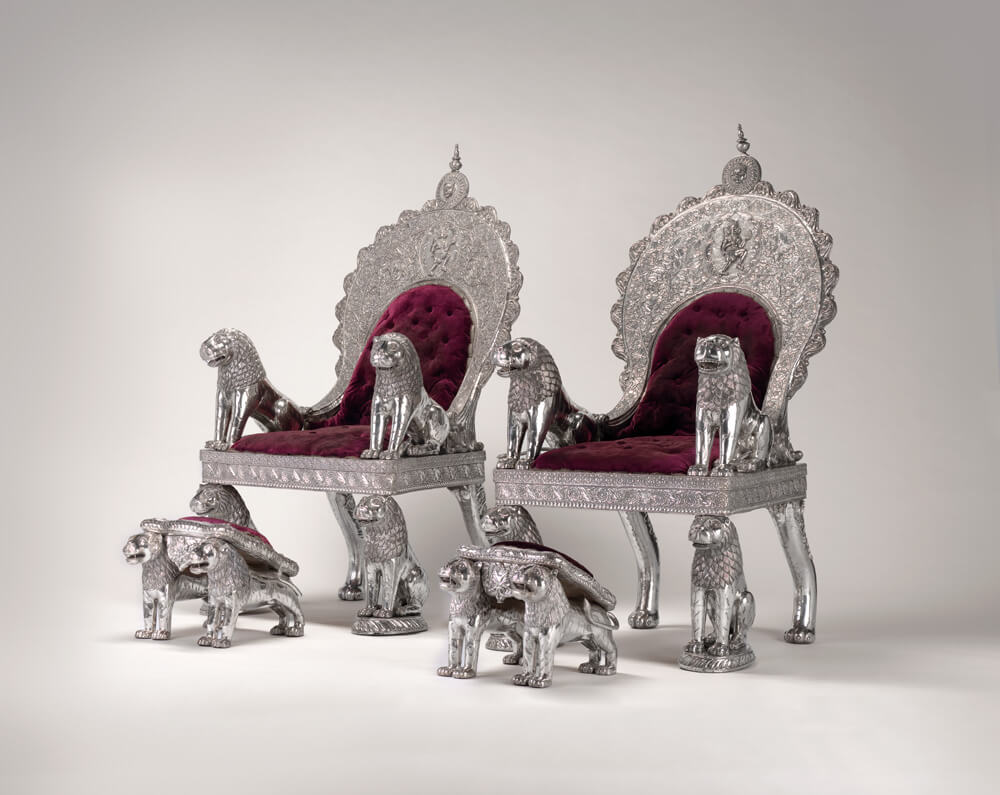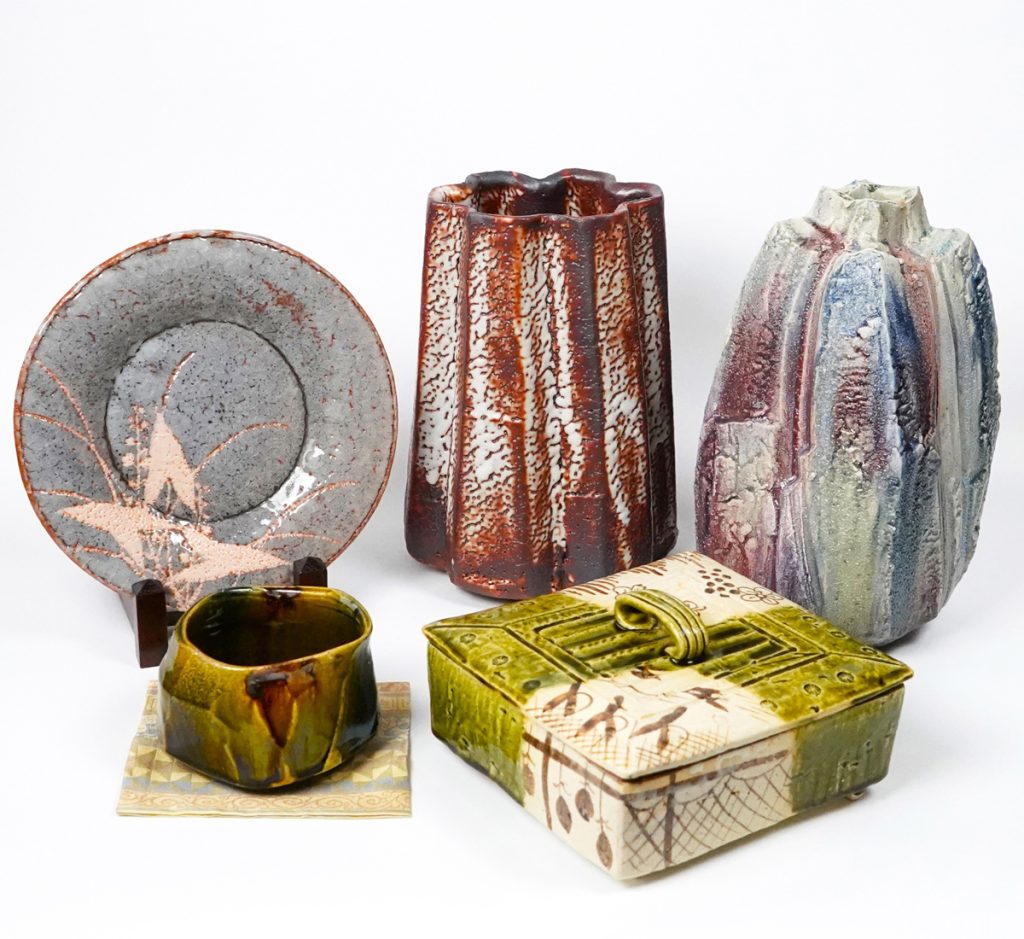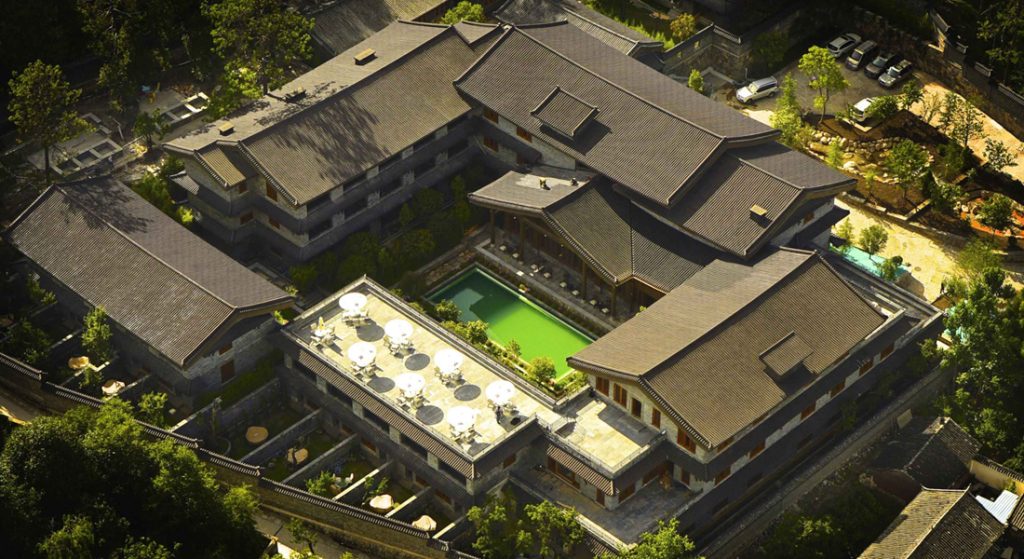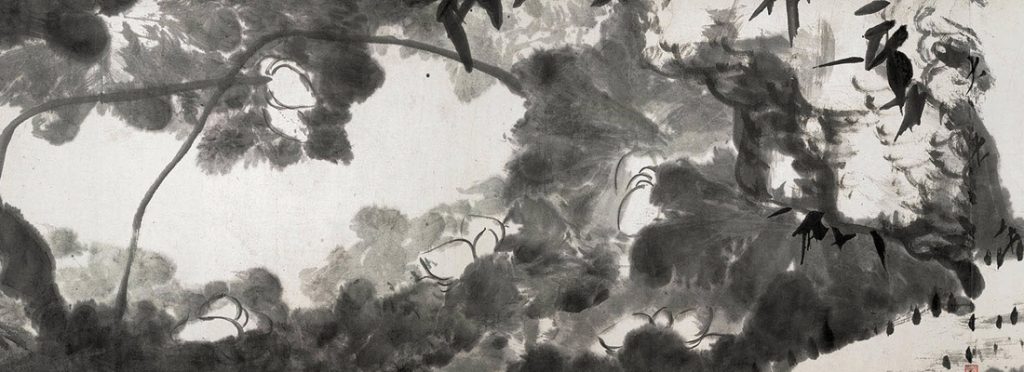Zhu Da (Bada Shanren, 1626-1705), Flowers on A River (detail), handscroll, ink on paper.
Collection of the Tianjin Museum
The Nuts and Bolts of Chinese Painting: Connoisseurship,
Brushwork and Materials
Asia Week New York
Zoom Webinar, Wednesday, November 16, 2022, 5pm EST
Join AWNY for an illuminating and exhilarating Zoom webinar about China’s rich and sophisticated traditional paintings. Artist Arnold Chang (Zhang Hong) demonstrates the distinctive brushwork and painting techniques that comprise this ancient art form. Willow Hai of China Institute and Joseph Scheier-Dolberg of the Metropolitan Museum of Art will preview and spark our interest in two extraordinary Chinese classical paintings by noted masters Bada Shanren and Wang Yuanqi, respectively, which you can see in New York in March. Accomplished collector Dr. Matthew Edlund will provide insights into his experiences acquiring Chinese paintings over many years. AWNY’s Liz Hammer will moderate the program.
PANEL:
Fast-forwarding a Landscape: Painting with Brush and Ink
Arnold Chang (Zhang Hong), Artist
Meet Bada in New York, His “Flowers on a River” from the Tianjin Museum
Willow Hai
SVP, Director of China Institute Gallery
Chief Curator of the Exhibition
March Highlight: Wang Yuanqi's “Streams and Mountains without End”
Dr. Joseph Scheier-Dolberg, Oscar Tang and Agnes Hsu-Tang Associate Curator of Chinese Paintings, The Metropolitan Museum of Art
Art as Words, Painting as Politics
Dr. Matthew Edlund, Director, Center for Circadian Medicine and collector
Moderator:
Elizabeth Hammer, AWNY Production and Content Manager
Hammond Museum and Japanese Stroll Garden, Executive Director
To register, click here
Participant’s Biographies:
Arnold Chang (Zhang Hong), Artist
Arnold Chang was formerly Director of the Chinese Paintings Department at Sotheby’s and then Chinese Painting specialist at Kaikodo Gallery in NY. He has taught and lectured extensively, including at Columbia University, Arizona State University, Connecticut College, and the University of Colorado. Arnold received an M.A. degree from UC Berkeley, where he studied the history of Chinese painting with James Cahill. Chang also studied painting and connoisseurship with C. C. Wang for twenty-five years. He now works as an artist and is a full time literatus living in the wilds of New Jersey.
Willow Weilan Hai, SVP, Director of China Institute Gallery
Chief Curator of Flowers on a River: The Art of Chinese Flower and Bird Painting, Masterworks from Tianjin Museum and Changzhou Museum
Willow Weilan Hai, a native of Nanjing, has directed China Institute’s gallery since 2000. She has organized and presented many exceptional and important exhibitions, most from mainland China and many never shown previously in the United States. Hai holds a B.A. and M.A. in archaeology from Nanjing University. Among her many notable collaborative exhibitions are The Last Emperor’s Collection: Masterpieces of Painting and Calligraphy from the Liaoning Provincial Museum (2008, served as Chief Curator), Dunhuang: Buddhist Art at the Gateway of the Silk Road (2013, served as Project Director), and Art in a Time of Chaos: Masterworks from Six Dynasties China, 3rd-6th Centuries (2016, served as Chief Curator).
Dr. Joseph Scheier-Dolberg, Oscar Tang and Agnes Hsu-Tang Associate Curator of Chinese Paintings, The Metropolitan Museum of Art
Joe Scheier-Dolberg has worked as The Metropolitan Museum of Art’s curator for Chinese painting and calligraphy for ten years. In that time he has reinstalled the galleries for Chinese painting twelve times, with exhibitions on topics ranging from calligraphy to landscape painting to the practice of reclusion. He has published on Chinese portrait painting, Chinese albums, and contemporary art, among other subjects. His current show is entitled Noble Virtues: Nature as Symbol in Chinese Art.
Dr. Matthew Edlund, Director, Center for Circadian Medicine and Collector
Dr. Matthew Edlund, M.D., M.O.H. is an internationally recognized and award-winning expert on rest, sleep, and body clocks who founded the West Coast Regional Sleep Disorders Center and now runs both the Center for Circadian Medicine and The Gulf Coast Sleep Institute in Sarasota, Florida. He has collected Chinese and Japanese paintings since 1993. He is the former vice-president of the Museum of Asian Art (Sarasota) and has donated works to the Metropolitan Museum of Art and the Ringling Museum of Art, while loaning art works to numerous museums, including the China Institute, the Norton Museum of Art, the Cincinnati Art Museum, Ringling Museum of Art, and others.
Elizabeth Hammer, Moderator
Liz Hammer received a B.A. from the College of William and Mary and an M.A. from Yale University, respectively. She worked for Christie’s auction house as a Chinese Paintings specialist in the early 1990s and again from 2007-2020. Liz worked in Education at The Metropolitan Museum of Art from 1995 to 2006 and focused on teaching and writing about Asian art. Now Executive Director of the Hammond Museum and Japanese Stroll Garden in North Salem, NY, Liz also advises private clients, prepares appraisals, and is Production and Content Manager for Asia Week New York as Hammer Fine Art Services, LLC.
